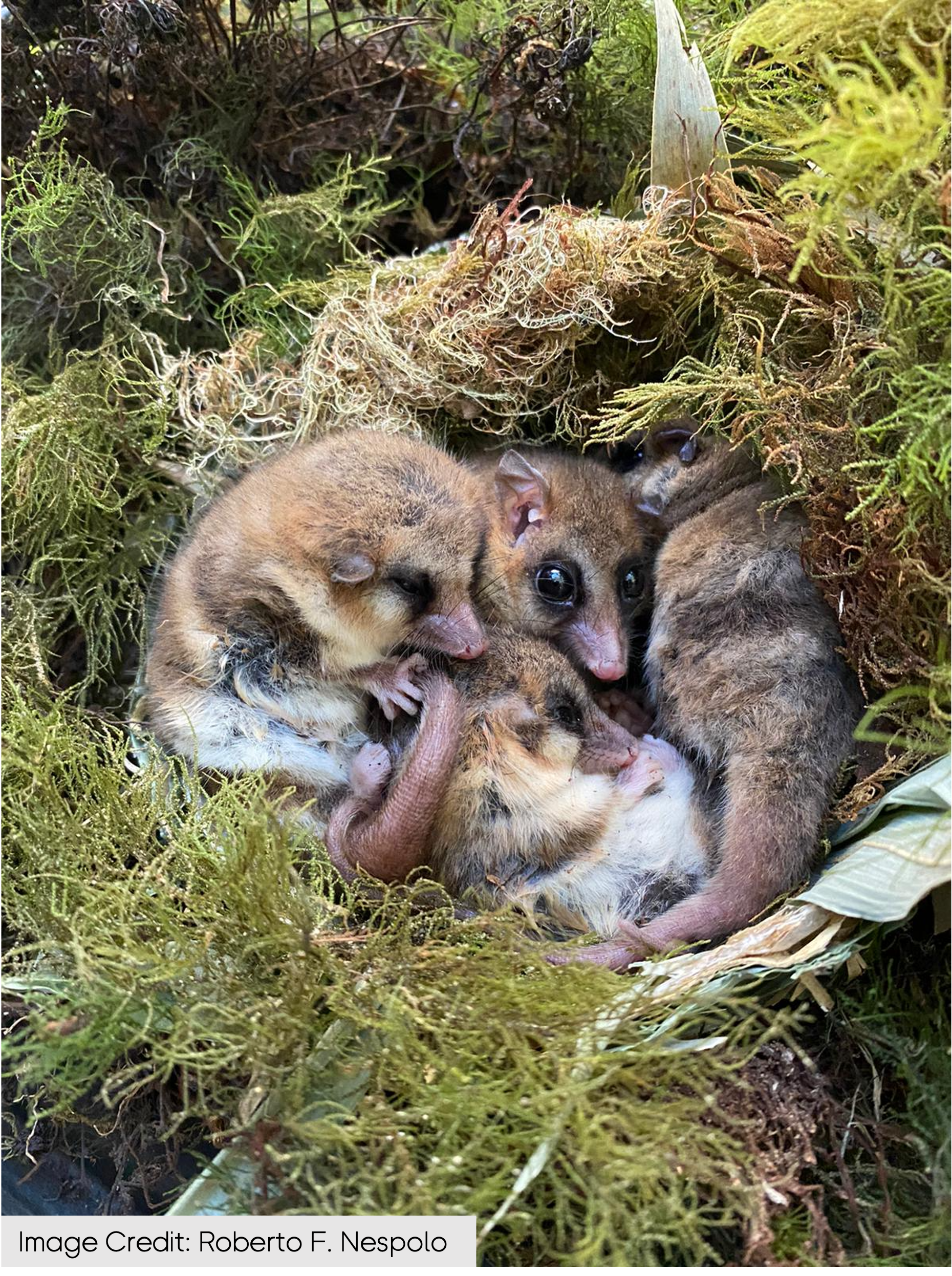Ever since Charles Darwin proposed the Universal Common Ancestry hypothesis in ‘On the Origin of Species’ more than 160 years ago, scientists have been refining aspects of the theory.
While Darwin relied on observation, examination and hypothesis, today’s scientists can apply whole genome data produced by extra-fast next-generation sequencing technology to aid their exploration of Darwin’s theories.
 Monito del monte
Monito del monte
In the latest analysis, ‘Incomplete lineage sorting and phenotypic evolution in marsupials’, published by Cell, scientific researchers from BGI-Research, Kunming Institute of Zoology at China Academy of Sciences, University of Copenhagen, University of Sydney, Australian Museum, University of New South Wales, and other institutes, tackle the problem of why DNA data and morphological characters often show conflicting results when inferring the phylogeny, and why morphological characters often yield unreliable phylogenetic trees.
 Incomplete lineage sorting and phenotypic evolution in marsupials” published by Cell
Incomplete lineage sorting and phenotypic evolution in marsupials” published by Cell
Previously, scientists have identified that incomplete lineage sorting could occur in rapidly diverging lineages, i.e. adaptive radiations. However, the impact of incomplete lineage sorting on the phenotypic variation had not previously been studied.
The team focused their research on the South American marsupial order Microbitheria, of which the monito del monte is the only surviving species. The early diversification of marsupials is one of the well-known examples of adaptive radiation, and the phylogenetic relationships of the marsupials remain a heated debate. As a South American marsupial, monito del monte evidenced morphological similarities to Australian marsupials. But the closeness of these two marsupial groups has been a matter of controversy. By using whole genome data of the monito del monte and other marsupials, the research team found that the monito del monte should be the sister group of all Australian marsupials; while it shares a common ancestor with Australian marsupials the monito del monte does not within the Australian marsupials’ clade.
The analysis revealed that the monito del monte was more similar to some Australian marsupials in more than 50% of marsupial genomes, which was discordance to the evolutionary history of marsupials. Such incongruence was affected by incomplete lineage sorting, an evolutionary event describing the randomly inheritance of polymorphism in the ancestor population by descendant species.
The incomplete lineage sorting during rapid species differentiation is also the reason why 15% of the human genome is more similar to that of gorillas, even though humans are more closely related to chimpanzees than gorillas.
The scientists concluded that it is unreliable to build a species relationship only by tracing the evolution of few individual genes and traits. It takes whole genome sequencing to truly reconstruct the history of species.
While scientists continue to refine our understanding of evolution, it remains remarkable that what they are doing is improving and updating, based on improvements in research and technology, our understanding of a theory that continues to hold true since Darwin postulated it in 1859.
Read the article: https://www.cell.com/cell/fulltext/S0092-8674(22)00344-0



